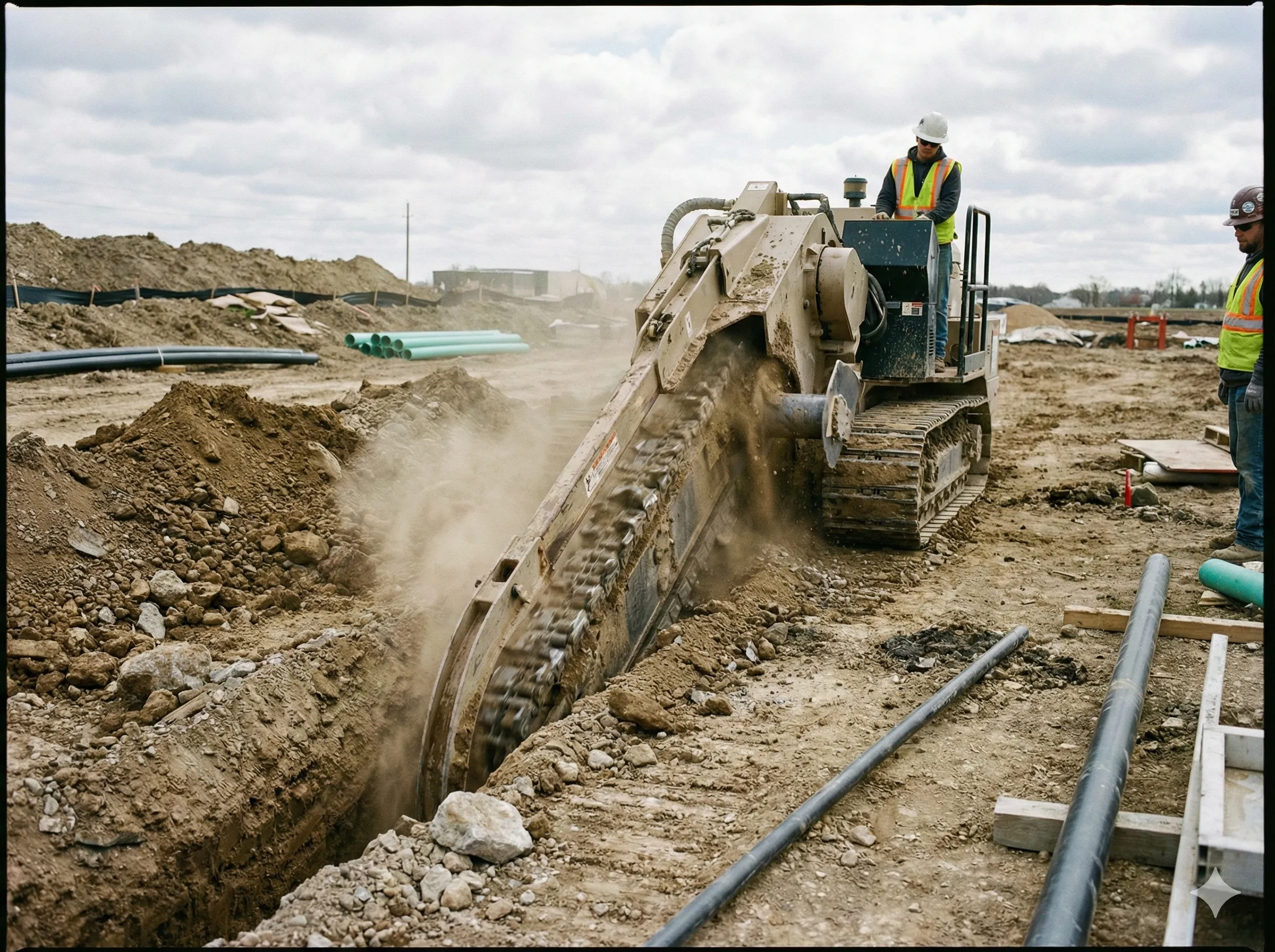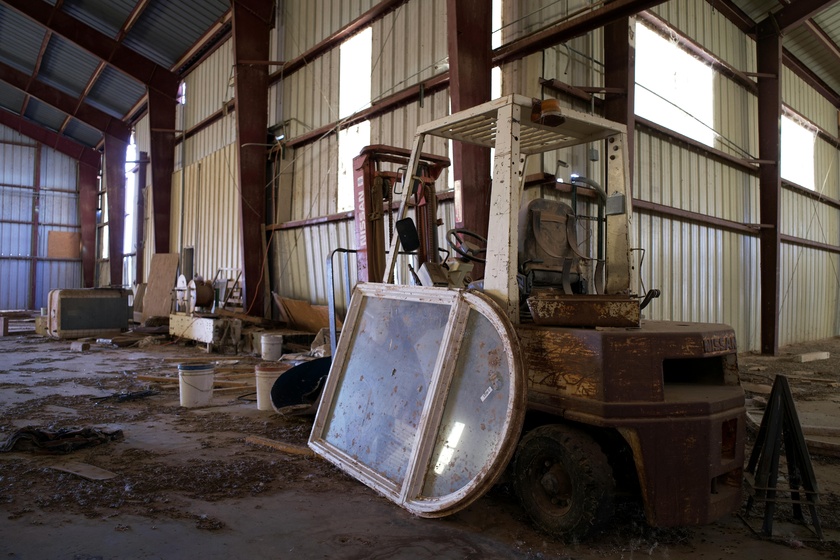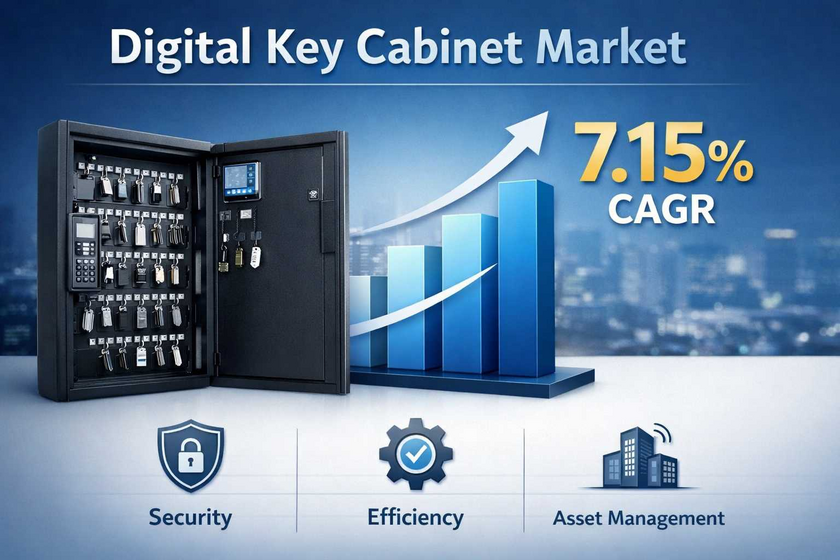In many areas, the water flowing into homes has a high mineral content, and this is referred to as hard water. While these minerals are not harmful to you, hard water has considerable impacts on your home as well as the flavor of your water. Water hardness is defined by the number of grains per gallon of water. The ideal level is 3.5 to 7 grains per gallon. A higher level indicates hard water. Hard water can and should be treated with a water softener.
What Is a Water Softener?
A water softener removes tiny grains of calcium, iron, aluminum, manganese and other elements from the water before it enters the home. This is accomplished through several different processes. Depending on the type of water softener that you select for your home, your system may use ion-exchange resins, lime softening, reverse osmosis or nanofiltration.
Why Install a Water Softener in Your Home
When the tiny minerals in hard water are not removed through water softening, they enter your pipes. Some of the minerals will flow through the pipes, and others will accumulate on the pipe walls and fittings. This can eventually lead to significant and preventable plumbing repairs.
The minerals that flow through the pipes reach your appliances, including your fridge, washing machine and dishwasher. Hard water can result in reduced longevity, reduced performance and increased repairs for these appliances. Hard water also leaves behind a residue. On dishes, for example, it creates a dull film that makes your dishes look dirty even if they have just been cleaned. It combines with soap scum on the tub, shower walls and glass shower doors, and this residue is tough to remove. In addition, it impacts the softness of your clothes, how long it takes to rinse soap off when showering or washing hands, the beauty of your hair, the time needed to clean your house and more.
How to Install a Water Softener Properly
Because the installation of a water softener requires you to work with your plumbing system, you might consider hiring a plumber to complete the service. However, doing the work yourself can save you money and often only takes a few hours to do. The first step is to decide what type of water softener you need. If your home is pre-plumbed for a water softener, you can avoid prep work before the installation process. Then, you need to select an ideal location. This should be near where water enters your home.
The water supply should be shut off at the main, and the water must be drained from the pipes. You can then connect the tank to the plumbing system. After doing so, fill the brine tank with salt according to the water softener’s instruction. After turning the water supply on, follow the start-up procedures for the water softener.
Explore Your Options Today
The many benefits of installing a water softener can impact your home for years to come. Take time to explore the different types of water softeners available as a first step.


















